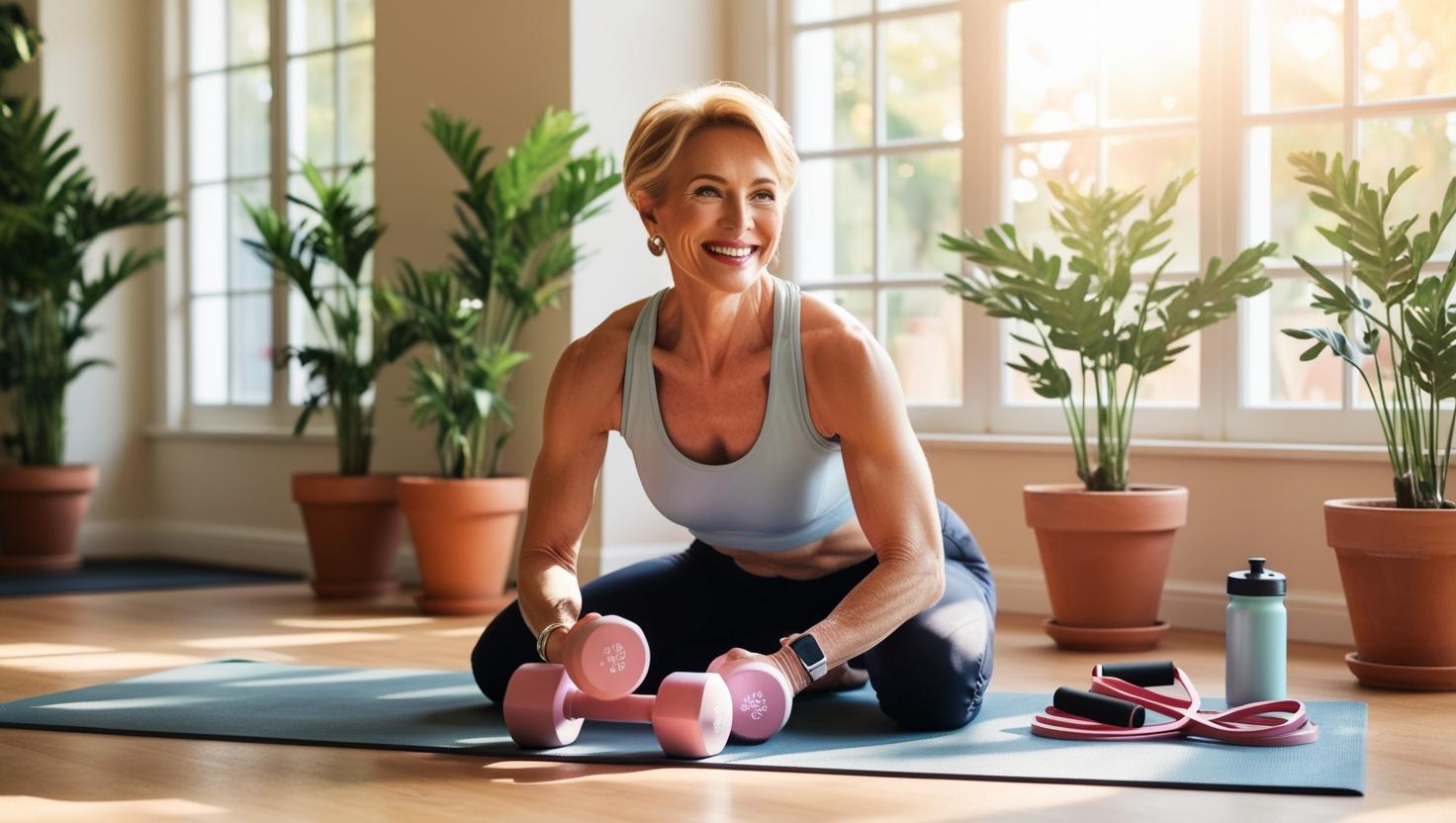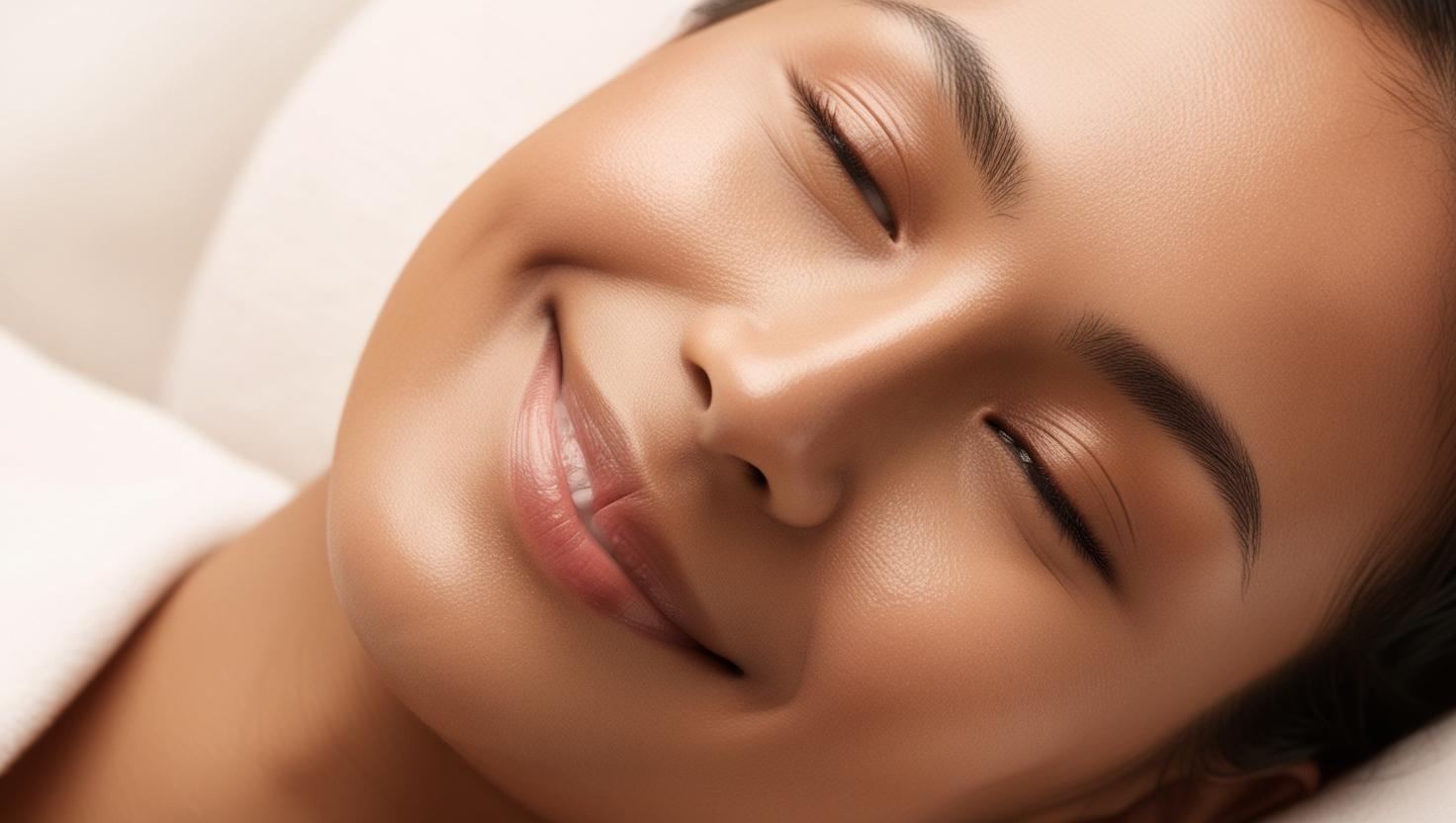“I Just Want to Feel Like Me Again…”
When Priya turned 52, she didn’t expect much to change. But within a year, her joints ached, her energy crashed by 3 PM, and her skin seemed to lose its glow overnight.
“I was exercising, but nothing worked. I felt… older,” she told us.
Then she discovered an anti-aging fitness routine—not a punishing bootcamp or hours on the treadmill—but a smart, balanced plan. Within 6 weeks, her energy soared, her posture straightened, and friends began asking what she was doing differently.
Spoiler: she wasn’t chasing youth—she was activating it.
Here’s everything you need to know about anti-aging fitness, backed by science, simplified for real life.
What Is Anti-Aging Fitness, Really?
It’s not about stopping the clock. It’s about slowing it down gracefully—by supporting muscle mass, hormone health, brain function, and mobility as you age.
Think of it as investing in your future self.
Research shows that strategic movement can:
- Reduce risk of chronic disease
- Improve bone density
- Enhance cognitive performance
- Reverse age-related muscle loss (sarcopenia)
- Boost metabolism and skin health
Let’s break it down.
The Core 4: Pillars of Anti-Aging Fitness
1. Strength Training: Your #1 Weapon Against Aging
After 30, we lose 3–5% of muscle mass every decade if we don’t actively maintain it.
✅ Do This: 2–3 full-body strength workouts per week
✅ Focus On: Compound moves like squats, deadlifts, pushups, rows
✅ Bonus: Increases collagen production and insulin sensitivity
Real Life: 61-year-old Arun started lifting weights with resistance bands and dumbbells. 3 months later, his back pain vanished—and so did his belly.
2. Low-Impact Cardio: For a Young Heart and Brain
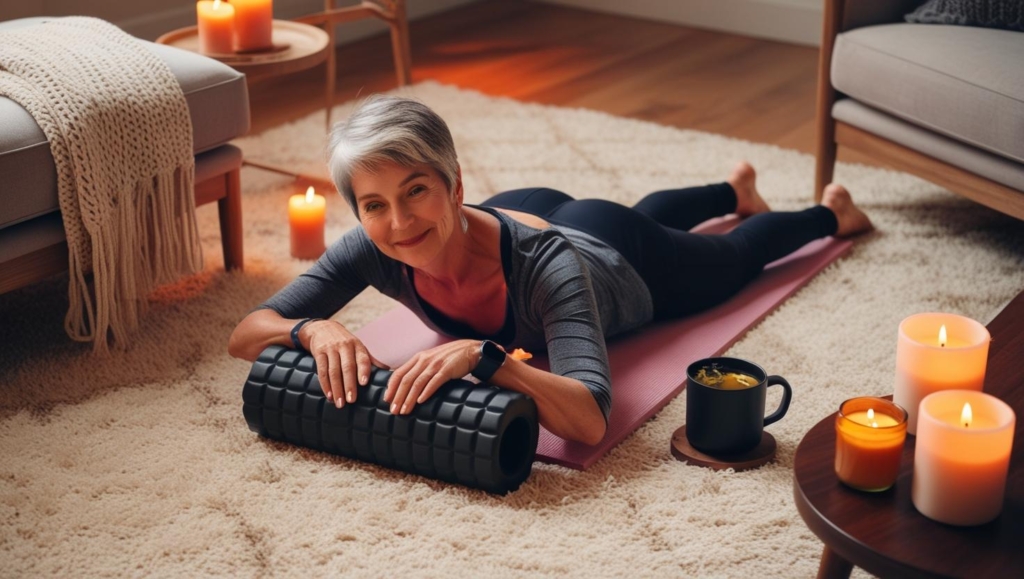
Forget HIIT if it’s too intense. Your longevity loves gentle movement.
✅ Do This: 30 mins of walking, cycling, or swimming 4–5 times a week
✅ Why: Enhances blood flow, reduces stress hormones, supports brain health
Pro Tip: Brisk walks + nature = better sleep and glowing skin.
3. Mobility & Flexibility Work: Stay Limber, Stay Young
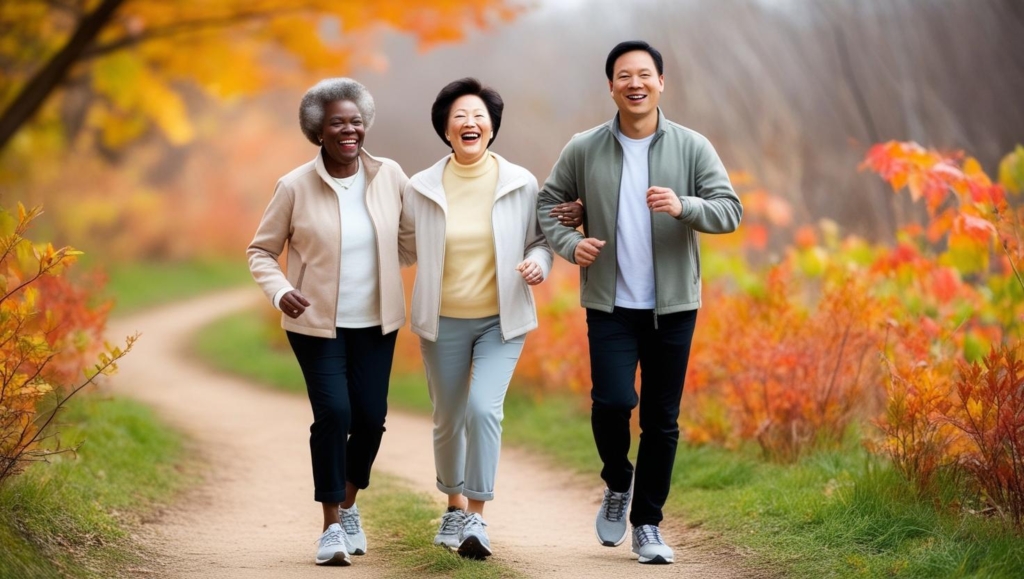
Stiffness and poor posture age you faster than wrinkles.
✅ Do This: Yoga, Pilates, or dynamic stretches 10–15 minutes daily
✅ Why: Keeps joints healthy, improves posture, prevents injuries
“I feel taller and more graceful now at 55 than I did at 30.” — Meera, Pilates beginner
4. Recovery & Sleep: The Anti-Aging Superpower
Muscle doesn’t grow during workouts—it grows during rest.
✅ Sleep Goal: 7–9 quality hours
✅ Recovery Tip: Foam rolling, hot baths, and magnesium-rich foods (like almonds & bananas)
Hormones, Fitness, and Age: The Hidden Link
Strength training and regular movement stimulate growth hormone and testosterone—two key anti-aging hormones that decline with age.
Exercise is your free prescription to rebalance what time tries to steal.
Foods That Support Your Anti-Aging Fitness Routine
Fuel is just as vital as reps. Add these to your plate:
- Salmon & walnuts (omega-3s for joints and skin)
- Spinach & kale (antioxidants that reduce inflammation)
- Greek yogurt & tofu (protein to maintain muscle)
- Berries (brain protection and blood sugar control)
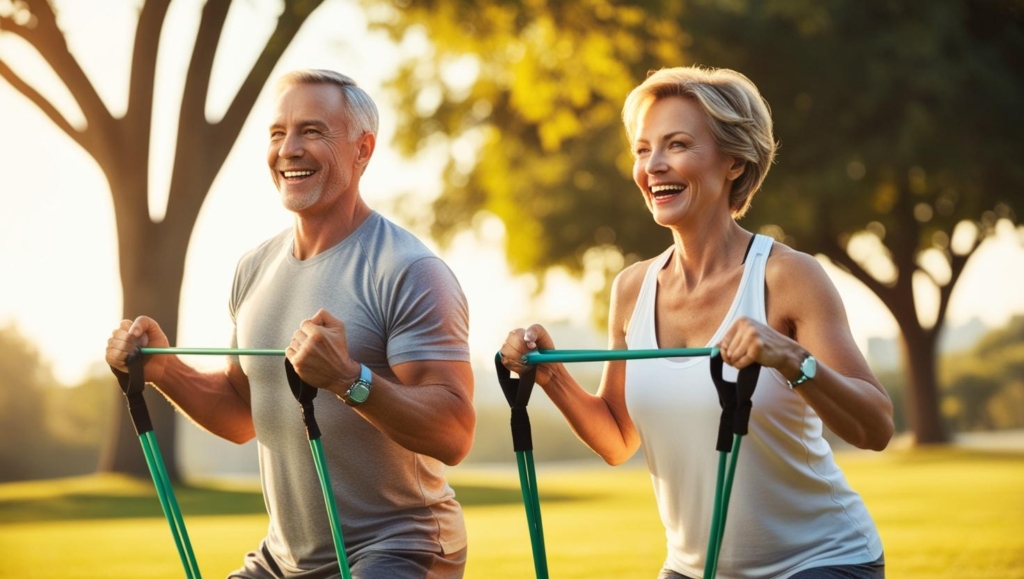
Start Here: A Simple 7-Day Anti-Aging Fitness Plan
Day 1: 30-min walk + full-body resistance band workout
Day 2: Restorative yoga (15 min)
Day 3: Dumbbell strength + core
Day 4: Cycling or swimming (low impact)
Day 5: Pilates + mobility
Day 6: Full-body strength + foam rolling
Day 7: Rest (or nature walk + stretching)
Total Time Commitment: ~30–45 minutes/day
The Real Anti-Aging Secret? Consistency
You don’t need to be a fitness junkie or lift heavy weights. What matters is doing something regularly. Your body listens. It adapts. And it rewards you with vibrancy.
Takeaway Tips:
- Start slow and build up (especially if you’re new to fitness)
- Mix up your workouts to stay motivated
- Prioritize form over speed
- Listen to your body, not your age
Final Words from Fittrru
Anti-aging fitness isn’t about turning back the clock. It’s about feeling strong, capable, and confident at every stage of life.
💬 Know someone who’s 50+ and wants to feel 30 again?
👉 Share this guide with them—they’ll thank you later.
Sources:
- Harvard Health
- Mayo Clinic
- Journal of Aging and Physical Activity
- National Institute on Aging
Disclaimer:
This article is for educational purposes only. Always consult your physician before beginning any new fitness routine.


